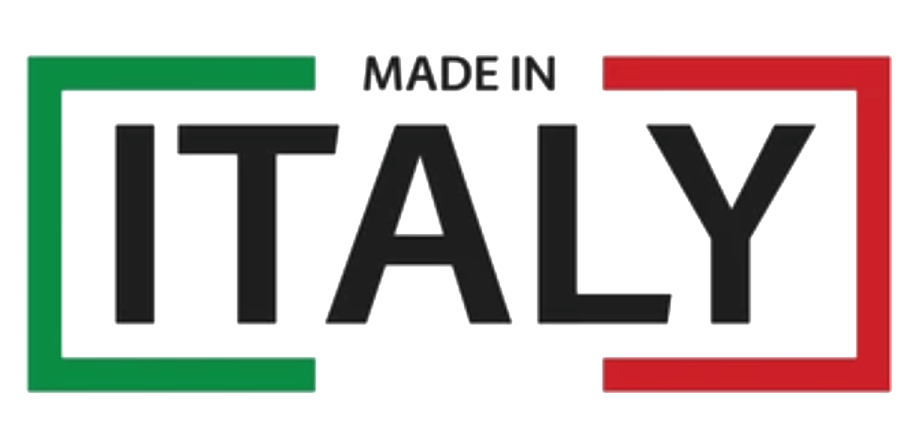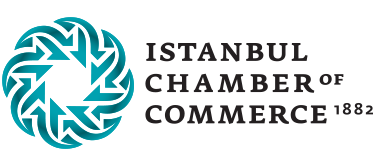This article will give information about the questions “What is a Maturità diploma?” and “How is the structure of the exam?”.
Maturità is an Italian public high school diploma. In order to get the Italian public high school diploma, students must pass the exam with the same name (Maturità). The exam is a commission exam prepared by the Italian Ministry of Education.
The exam is held after the entire high school curriculum is completed. After passing the Maturità commission exam, the student is qualified to receive a high school diploma. In order to be eligible to take this exam, at least 6 points must be obtained from all the courses taken in high school. Each written session is scored between 0-15, and an interview between 0-30. School points in the range of 12-25 are added to these scores. The total of these scores is included in the diploma as Maturità final grade.
For detailed information, you can check our “Requirements to Study University in Italy” article.
Exam 1: Italian Language Exam:
Reading comprehension: A literary text, a historical-political-economic text, an article, a newspaper article, a scientific article. It is free to enter the exam with a dictionary.
Exam 2: Proficiency Exam
- In Classical High School: A short Latin text should be translated into Italian. Apart from the translation question, he/she should also answer the questions asking the knowledge of Greek.
- In Science High School: Questions are asked from Mathematics or Physics: Math (equations, geometry, sets and functions, probability and statistics, integrals). Physics (System of units of measure, Motion and Time, Work-energy-power, Electromagnetic Waves, Force)
- For technical high schools: An examination will be held in accordance with the curriculum followed by the student, determined by the commission appointed by Miur.
Exam 3: Test Exam | What is Maturità Diploma
It is made from 5 courses in accordance with the courses taken by the student. An oral interview is also conducted after the test exam. This exam is more layered and is divided into 6 different types:
Tipologia A: It is an exam consisting of 5 questions. A text of 10-20 lines is requested, depending on any of the courses the student has taken. A general question is often asked about a topic that has a lot to say about.
Tipologia B: It consists of 10-15 questions that measure the student’s competence in the courses chosen in high school. Two questions are asked in each lesson. Questions in this typology have very clear and short answers. The student who gives a short, clear, and correct answer is ahead of the others.
Tipologia C: It is a multiple-choice exam type. In this exam, which consists of 30-40 questions, the questions consist of the last term courses and topics.
Tipologia D: An exam with a maximum of 2 questions in which technical knowledge is asked under the curriculum chosen by the student. It does not require complicated calculations.
Tipologia E: A type of examination in sample technical high schools. Again, it is expected to analyse a technical problem appropriately. It consists of 2 questions.
Tipologia F: The student is expected to develop a project in accordance with the courses taken.
In short, the structure of this final exam (Tipologia F) depends on the type of high school. This is the part of the Maturità Diploma exam that worries students the most. Because time is limited, and the student is mentally tired in the first two exams. However, it is possible to be successful with hard work. At this point in the exam, the teacher is obliged to inform the student about the exam’s content and structure.
The Maturità Diploma does not provide any privileges or exemptions during the university entrance and admission process in Italy.
For example, suppose the student wants to enter medical school. In that case, they have to take the IMAT exam under any condition.
You can check our “Medical Exam in Italy” article.
They also have to take the entrance exam for Architecture and Engineering.
Please read our “What is the TOLC Exam?” article.
What is Maturità Diploma?
One of the biggest advantages of getting a Maturità Diploma is that an international student, who has successfully passed Maturità, is evaluated as an Italian student and does not need an equivalence to his diploma. The bureaucratic facilities provided by an Italian diploma to an international student are quite high. A student in any other country who has successfully passed the Maturità exam is considered to have completed high school education in Italy.
In addition, you can review our article: “What is the TIL-I Exam?“.




